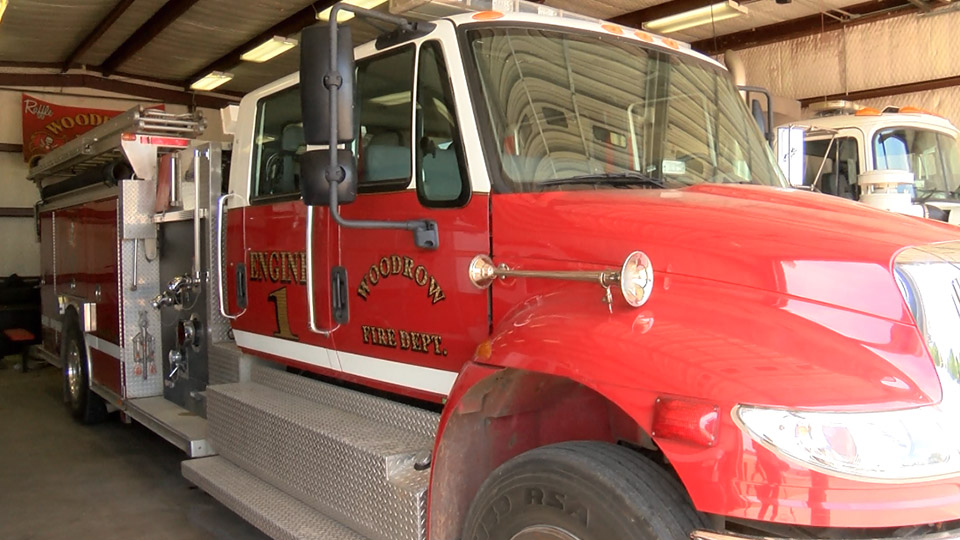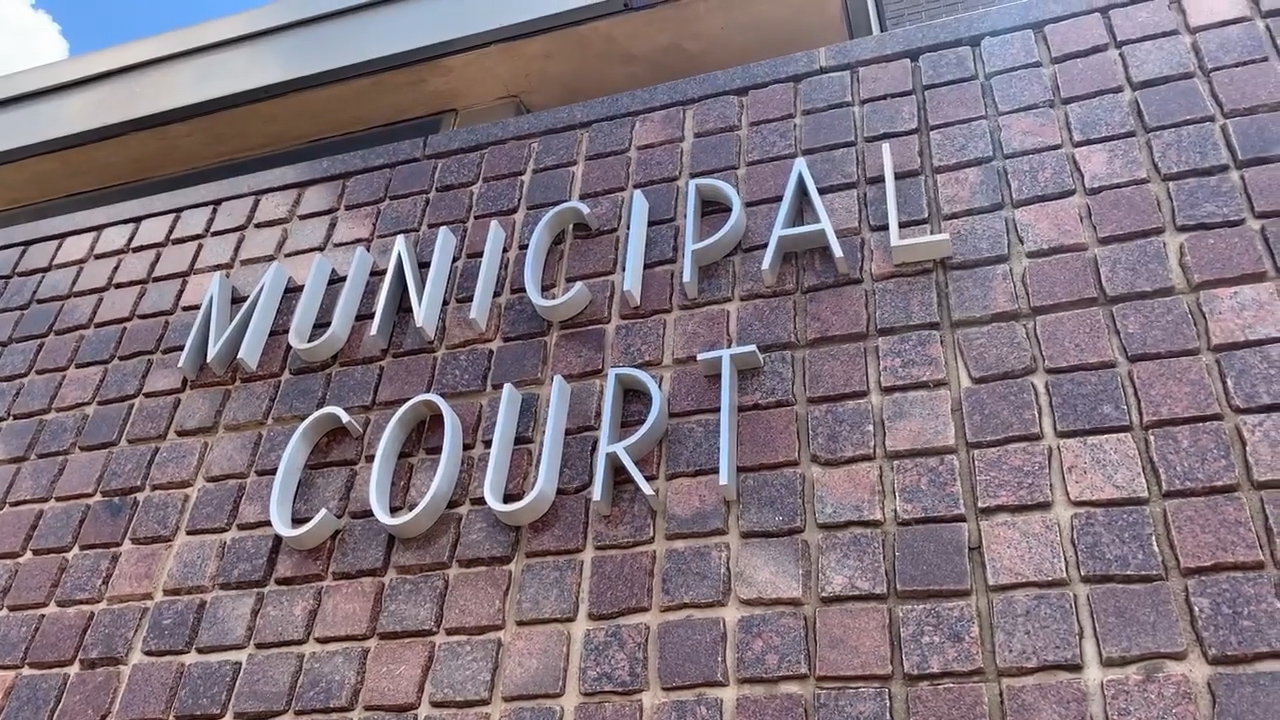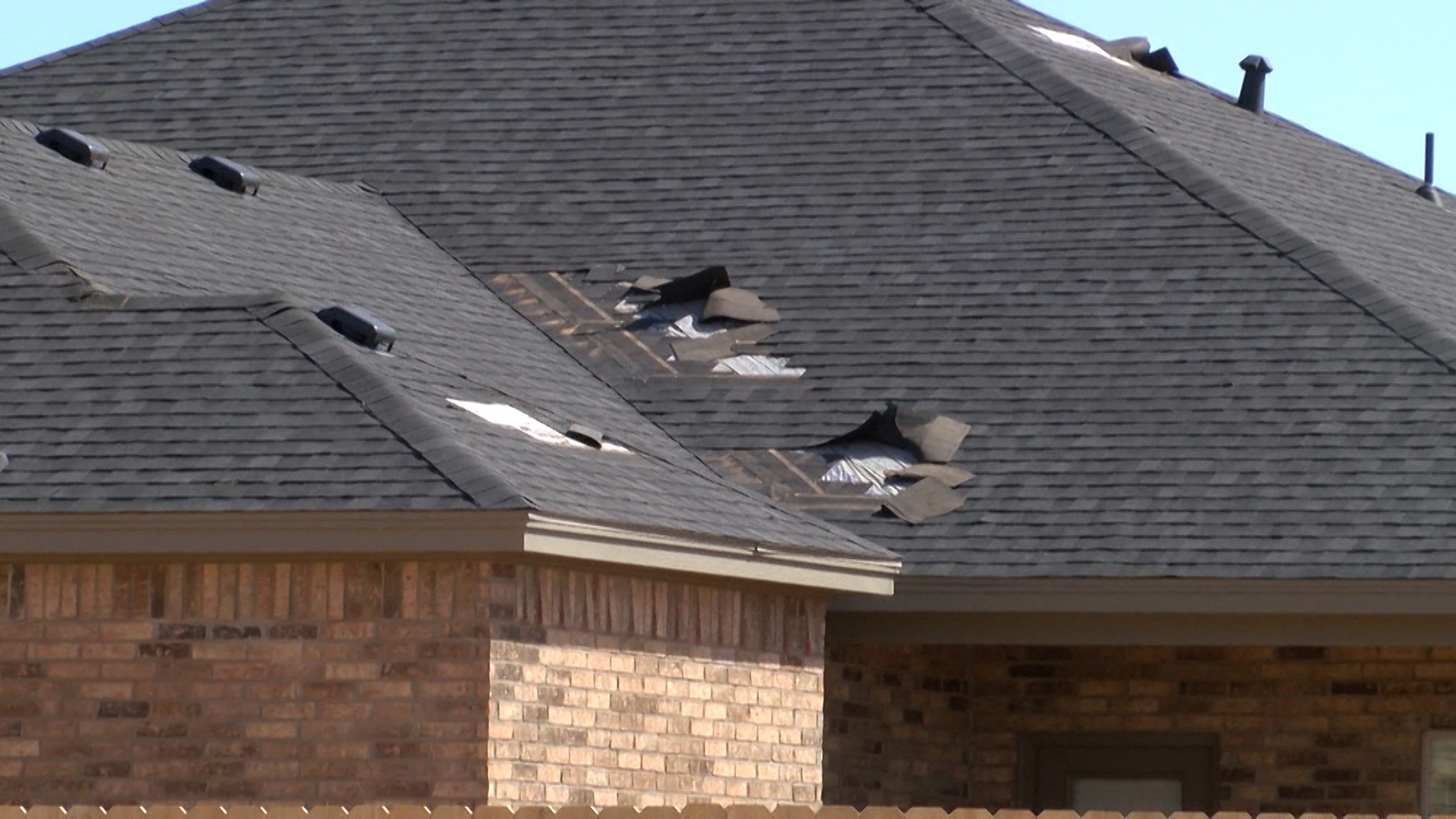AUSTIN — Ryan Farnau is experiencing high water bills this summer for his urban farm and having to rely on using city water, though he’s implemented a rain catchment system.
“After one rain event, like July 4, we filled our rain catchment totes which are over 400 gallons a piece,” Farnau said. “We used that rainwater in less than a week.”
Farnau, who owns F-Stop Farm in Austin, has a system that’s able to have more than 2,200 gallons of rainwater. However, the ongoing Texas heat and drought is impacting farmers and their crops across the state. Farnau hasn’t had many opportunities to use rainwater for his farm.
“I’ll go through 1,000 to 1,5000 gallons a week of city water and that’s the hardest part,” he said. “Our utility bill for water averages between $500 to $700 a month during high season because we’re doing agriculture in a residence.”
F-Stop Farm is one of the many farms that sell at the Texas Farmers Market.
“They are supporting our regional food system such that we don’t have to import food across the nation, that is then nutritionally devoid or lacking what we can get from fresh harvest two hours before market,” Kate Payne, executive director of the Texas Farmers Market, said.
Though other farmers at the market have struggled with Texas’ summer weather, they’re still investing in their farm to bring locally-sourced food to Central Texas families. Payne says there has been an increase this year in the number of agricultural producers at the Texas Farmers Market.
“Just last year alone, in 2017, with two markets, we grossed $4 million that stayed just within the local Austin economy and more than a quarter of that went straight to these agricultural producers who are raising veggies, raising cattle, raising bees.”
Farnau says though Texas’ unpredictable climate remains a challenge in the farming industry, with more support and attention given to water issues and weather, communities can learn about ways to improve and support agriculture.
“Texas in the summertime, it’s not easy to do this stuff and it’s hard work and you sweat, but there’s still potential to get product and high-quality product out of the ground.”
The Texas Water Development Board’s weekly report released this week shows about 60 percent of the state is now impacted by the drought – with more than eight percent of Texas in extreme drought.



























